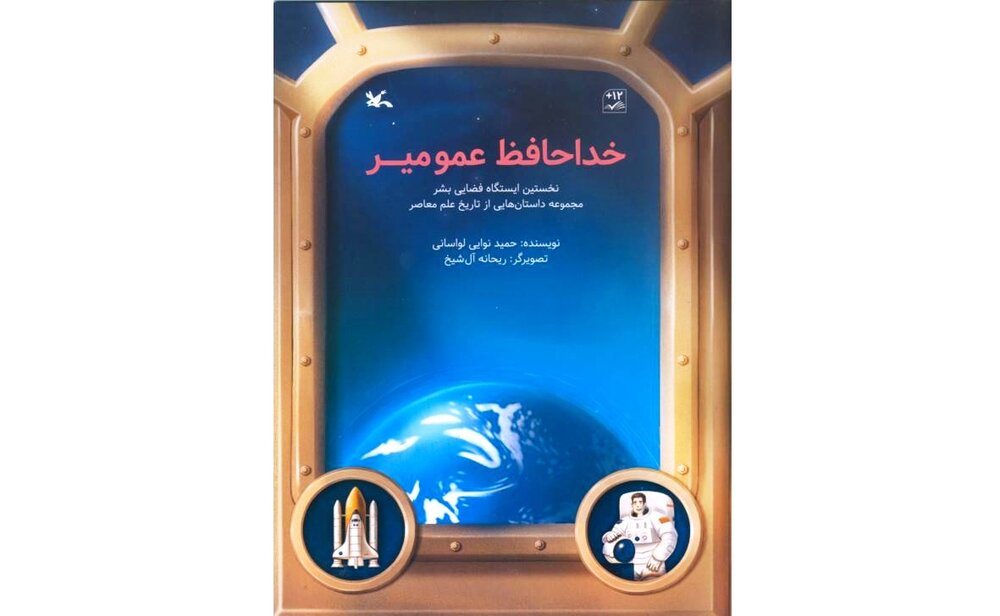Mir space station inspires Persian children’s story

TEHRAN – The Soviet Union’s Mir space station has provided inspiration for a Persian children’s science fiction tale, which has recently been published in Tehran.
Written by Hamid Navai Lavasani, “Bye, Uncle Mir” was published by the Institute for Intellectual Development of Children and Young Adults – Kanoon.
The story illustrates the fate of the space station and its impact on the development of science for children above 12.
Over the period of human habitation on the Earth spanning several millennia, mankind has been able to learn about nature’s rules and change life by the power of imagination, curiosity and inquisitiveness, Navai wrote in a preface to the book carrying illustrations by Reyhaneh Ale-Sheikh.
Splitting an atom and learning about its internal forces and components, isolating and defining genes, the invention of the computer and artificial intelligence, aviation, and space exploration are the most important achievements of scientists’ efforts over the past century.
New technologies in the modern world have enabled mankind to completely change totally and have helped transform people’s wild and fanciful dreams into reality.
“Bye, Uncle Mir” is from Kanoon’s series “Stories from Contemporary History”, which aims to advance young adults and children’s outlook on science and help develop their imaginations and curiosity.
Mir was a space station that operated in a low Earth orbit from 1986 to 2001 designed and launched by the Soviet Union and later managed by Russia.
It was the first modular space station and was assembled in orbit from 1986 to 1996. The station had a greater mass than any previous spacecraft. At the time it was the largest artificial satellite in orbit, succeeded by the International Space Station (ISS) after Mir’s orbit decayed.
The station served as a microgravity research laboratory in which crews conducted experiments in biology, human biology, physics, astronomy, meteorology and spacecraft systems with the goal of developing technologies required for permanent occupation of space.
Mir was the first continuously inhabited long-term research station in orbit and held the record for the longest continuous human presence in space at 3,644 days, until it was surpassed by the ISS on October 23, 2010.
“To Escape Obliteration”, also known as “Escape from the Zero Year”, is another book from the series “Stories from Contemporary History” published in October.
Written by Hossein Qorbanzadeh, the science fiction story portrays microorganisms named Eatheaters invading the Earth in 2323 in the wake of human’s disregard of the environment.
Photo: Front cover of the Persian science fiction tale “Bye, Uncle Mir” inspired by the Soviet Union’s Mir space station.
MMS/YAW
Leave a Comment